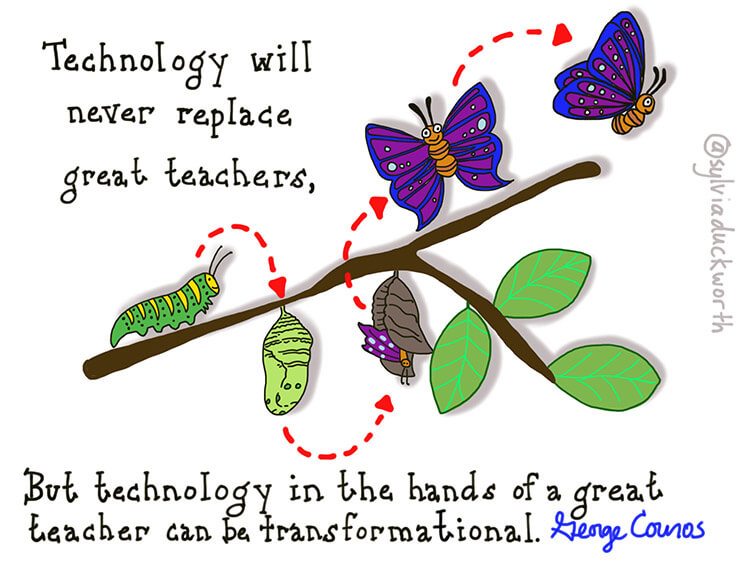
What Things Do Innovative Schools Have In Common?
by Steve Wheeler, Associate Professor, Plymouth Institute of Education
A recent list of 13 innovative schools is interesting because it is so diverse.
Clearly innovation and creativity is not one dimensional. Some of the schools on the list are considered innovative because of the way they use their learning spaces, whilst others are vaunted because of their progressive pedagogical approaches. There is a common issue with many lists however, and it is that the inclusions are there because of the opinions of an individual or small group.
I have visited several schools around the world that deserve to be included within such a list, and I’m sure other teachers and education specialists out there would have similar views. But looking at the 13 schools on this list, it is interesting to see what they have in common. What makes an innovative school?
The first feature that many of the schools on this list have in common is their view of the children. The students are seen as unique individuals rather than groups, and are educated accordingly. Personalized learning is on offer, often with personal technologies in support, and children are encouraged to take an active role in their education. Standardization is not an important element and does not impact on the daily business of many of these schools. On the contrary, personalization and flexibility are paramount, with children encouraged to work and progress at their own pace.
Secondly the schools are connected with the outside world. No longer can we say that inward facing schools are effective (and indeed this has never been the case). In some cases, local communities are encouraged to be involved in the life of the school, and they can also use the learning spaces for other purposes. There are explicit connections between what is learned in the classroom and the world of work. Education within these schools is not just about knowledge transmission, it is also about developing the skills and competencies necessary to survive and thrive once the student has completed their formal education.
Thirdly, the curriculum is delivered in a manner that encourages critical and creative thinking, through the use of problem solving, discussion and active engagement with the environment. Learning by making and doing is high on the agenda, and connections are made between the process of learning and what is actually learned.
Finally, the design of the learning spaces is creative. They don’t mimic the template of the standard school. Instead the learning spaces take on many interesting shapes, and with intriguing features. Because the spaces are flexible they can be used for a variety of creative purposes, and teaching and learning is more varied. Innovative building design encourages teachers and learners to take risks and to experiment. Nor is learning restricted to the school spaces. Blended approaches where on-site learning is mixed with off-site learning, also seems to be a common feature.
If we want education to be more effective, these schools can teach us how it might be achieved. But we need to take some risks and try out new ideas without fear of failure. As Erich Fromm said: ‘Creativity requires the courage to let go of certainties.’
This post by Steve Wheeler is licensed under a Creative Commons Attribution-NonCommercial-ShareAlike 3.0 Unported License. It was first published on Steve’s personal blog; 4 Things Innovative Schools Have In Common; image attribution flickr user sylviaduckworth